Vivaldi - The Four Seasons
The Four Seasons, composed in 1723, is one of Baroque legend Vivaldi's most famous works for violin, but it accounts for just four of his 350 concertos.
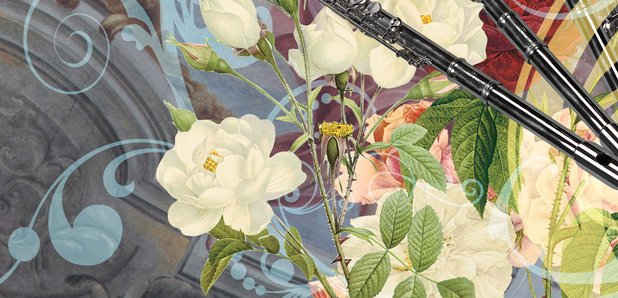
Vivaldi wrote so many concertos that, much like Haydn and his symphonies, he tended to resort to nicknames rather than numbers, for ease. Each concerto of his Four Seasons corresponds to a different season - so it's easy to guess how he nicknamed this particular work.
The music is accompanied by beautiful Italian sonnets, written - possibly - by Vivaldi himself, after he was inspired by painter Marco Ricci's paintings of the seasons. It's even customary in some concerts that a narrator reads the poems before the performance, to bring the musical story to life.
Listen out for the texture of the music representing Winter, with the high-pitched plucking from the strings sounding a bit like cold and icy rain. There are also more descriptive labels dotted throughout the movements: the second movement of Spring is part-labelled 'the barking dog', while one section of Autumn says 'the drunks have fallen asleep'. You might even hear a passionate thunderstorm in Summer, with the balmy music representing a warm August evening.







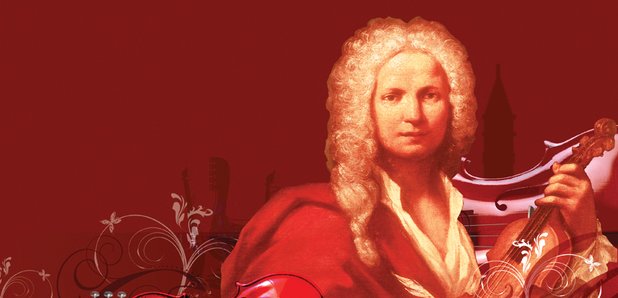

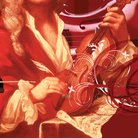
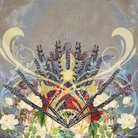
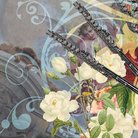
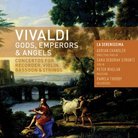


.jpg)
.jpg)

.jpg)





0 comments:
Post a Comment
Note: Only a member of this blog may post a comment.